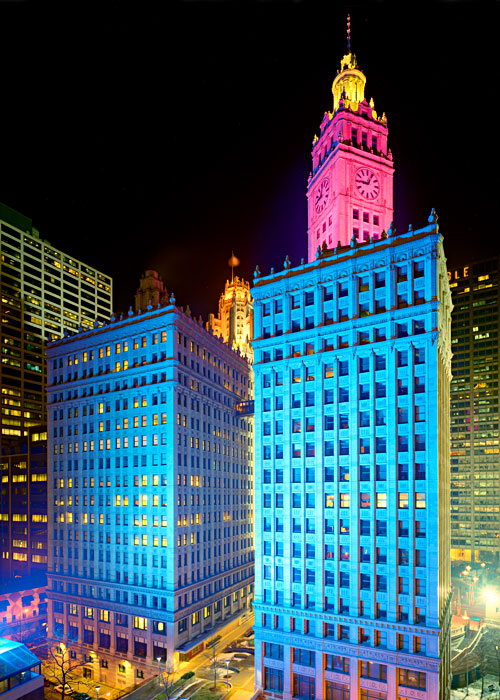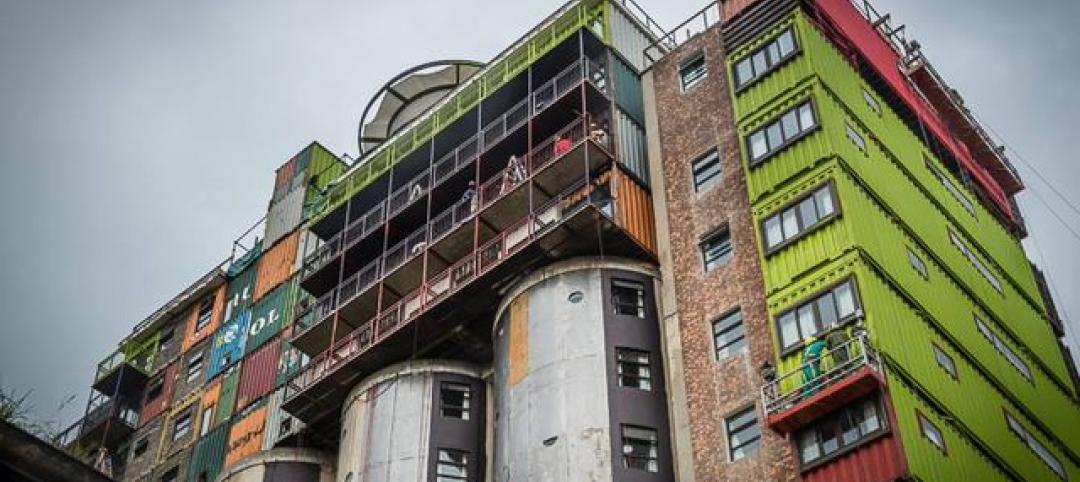The USGBC released its 2011 list of top 10 states for LEED-certified commercial and institutional green buildings per capita, based on the U.S. 2010 Census information. The District of Columbia leads the nation, with more than 31 square feet of LEED-certified space per person in 2011, with Colorado being the leading state, with 2.74 square feet per person in 2011.
Other top states include Illinois, Virginia and Washington, with 2.69, 2.42 and 2.18 square feet of LEED-certified space per person, respectively. The top LEED states per capita, including the District of Columbia.
Notable newly certified projects in 2011 include the Treasury Building in Washington, D.C., which is distinguished as the oldest LEED-certified project in the world; the LEED-Platinum Casey Middle School in Boulder, Colo.; the iconic Wrigley Building in Chicago, Ill.; Frito-Lay in Lynchburg, Va., which earned LEED Gold for the operations and maintenance of an existing building; the LEED Silver Hard Rock Café in Seattle, Wash.; Anne Arundel Medical Center in Annapolis, Md.; Yawkey Distribution Center of The Greater Boston Food Bank in Mass.; the LEED Gold Austin Convention Center in TX; SFO's LEED Gold Terminal 2 in San Francisco, Calif.; the LEED-Platinum Hotel Skylar in Syracuse, N.Y.; and the LEED Platinum Marquette Plaza in Minneapolis, Minn.
In December 2011, USGBC announced that LEED-certified existing buildings outpaced their newly built counterparts by 15 million square feet on a cumulative basis. A focus on heightened building performance through green operations and maintenance is essential to cost-effectively driving improvements in the economy and the environment.
|
|
Sq. ft. of space to earn LEED-certification in 2011 |
Per capita |
|
District of Columbia |
18,954,022 |
31.50 |
|
Colorado |
13,803,113 |
2.74 |
|
Illinois |
34,567,585 |
2.69 |
|
Virginia |
19,358,193 |
2.42 |
|
Washington |
14,667,558 |
2.18 |
|
Maryland |
11,970,869 |
2.07 |
|
Massachusetts |
13,087,625 |
2.00 |
|
Texas |
50,001,476 |
1.99 |
|
California |
71,551,296 |
1.92 |
|
New York |
36,538,981 |
1.89 |
|
Minnesota |
9,591,445 |
1.81 |
Related Stories
| Feb 14, 2014
Must see: Developer stacks shipping containers atop grain silos to create student housing tower
Mill Junction will house up to 370 students and is supported by 50-year-old grain silos.
| Feb 14, 2014
The Technology Report 2014: Top tech tools and trends for AEC professionals
In this special five-part report, Building Design+Construction explores how Building Teams throughout the world are utilizing advanced robotics, 3D printers, drones, data-driven design, and breakthroughs in building information modeling to gain efficiencies and create better buildings.
| Feb 14, 2014
Crowdsourced Placemaking: How people will help shape architecture
The rise of mobile devices and social media, coupled with the use of advanced survey tools and interactive mapping apps, has created a powerful conduit through which Building Teams can capture real-time data on the public. For the first time, the masses can have a real say in how the built environment around them is formed—that is, if Building Teams are willing to listen.
| Feb 13, 2014
University officials sound off on net zero energy buildings
As part of its ongoing ZNE buildings research project, Sasaki Associates, in collaboration with Buro Happold, surveyed some 500 campus designers and representatives on the top challenges and opportunities for achieving net-zero energy performance on university and college campuses.
| Feb 13, 2014
3 keys to designing freestanding emergency departments
Having physically disassociated from a central hospital, FEDs must overcome the particular challenges associated with a satellite location, namely a lack of awareness, appeal, and credibility. Gresham, Smith & Partners' Kristin Herman-Druc offers three keys to success.
| Feb 13, 2014
Why you should start with a builder
They say the best way to eat an elephant is one bite at a time. Expanding your building or constructing a new structure for your business, church, or school isn’t all that different. Attacking it is best done in small, deliberate pieces.
| Feb 13, 2014
Related Companies, LargaVista partner to develop mixed-use tower in SoHo
The site is located at the gateway to the booming SoHo retail market, where Class A office space is scarce yet highly in demand.
| Feb 12, 2014
First Look: Futuristic Silicon Valley campus designed to draw tech startups
The curved campus will consist of four different buildings, one exclusively for amenities like a coffee bar, bike shop, and bank.
| Feb 12, 2014
IIT's College of Architecture launches the Mies Crown Hall Americas Prize
Awarded biennially with a $50,000 prize, the program will recognize the most distinguished architectural works built on the North and South American continents in the preceding two years.
| Feb 11, 2014
Adobe Photoshop update features new 3D printing capabilities
Available as part of an update to Photoshop Creative Cloud, the tool enables users to easily and reliably build, refine, preview, prepare, and print 3D designs.

















